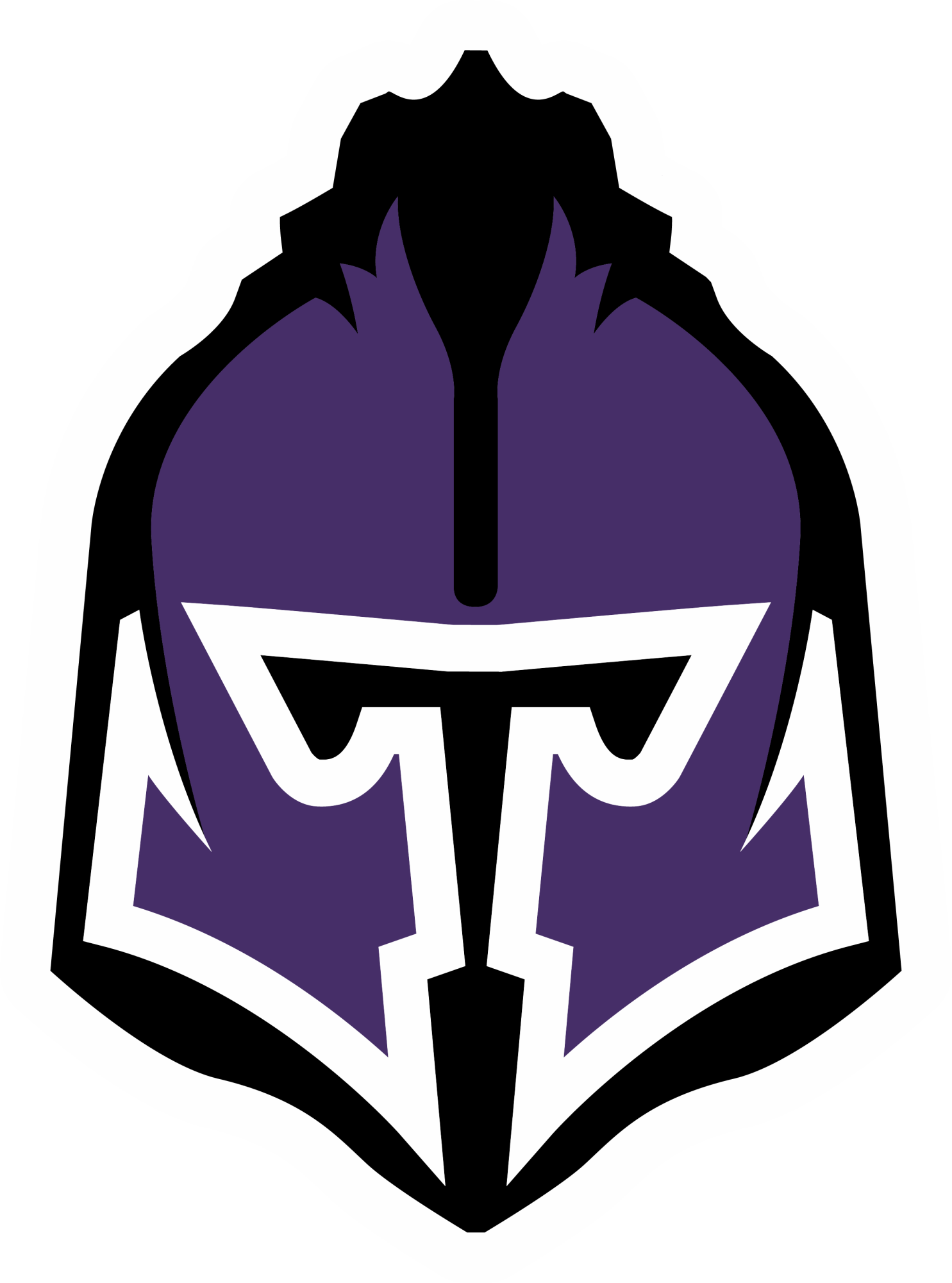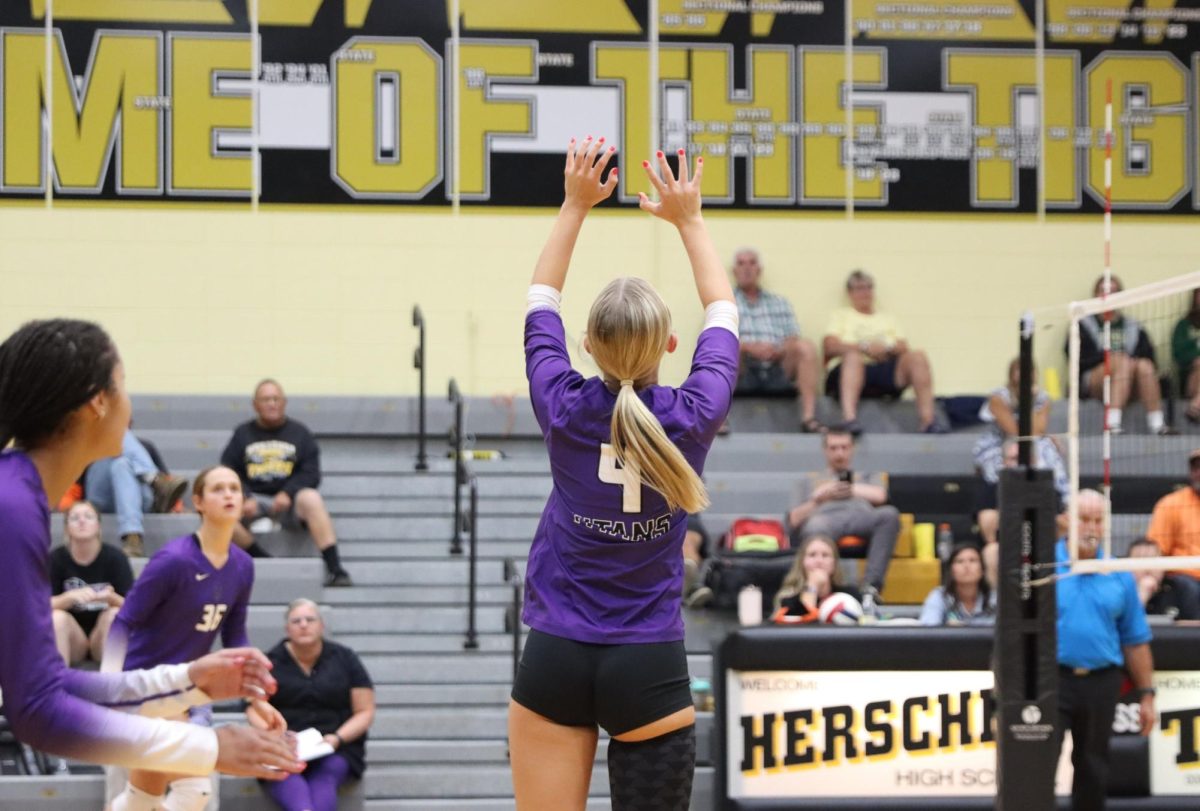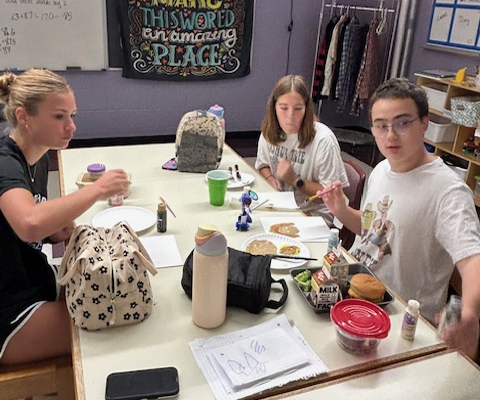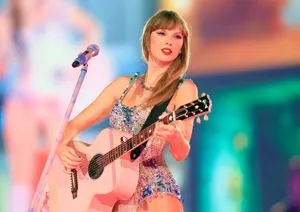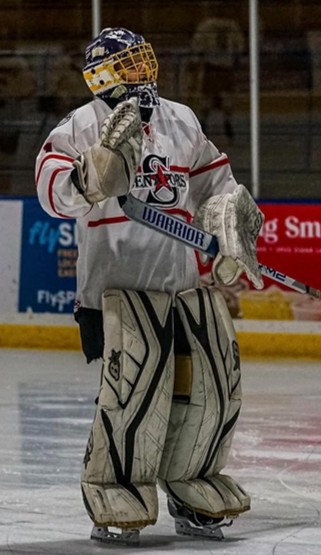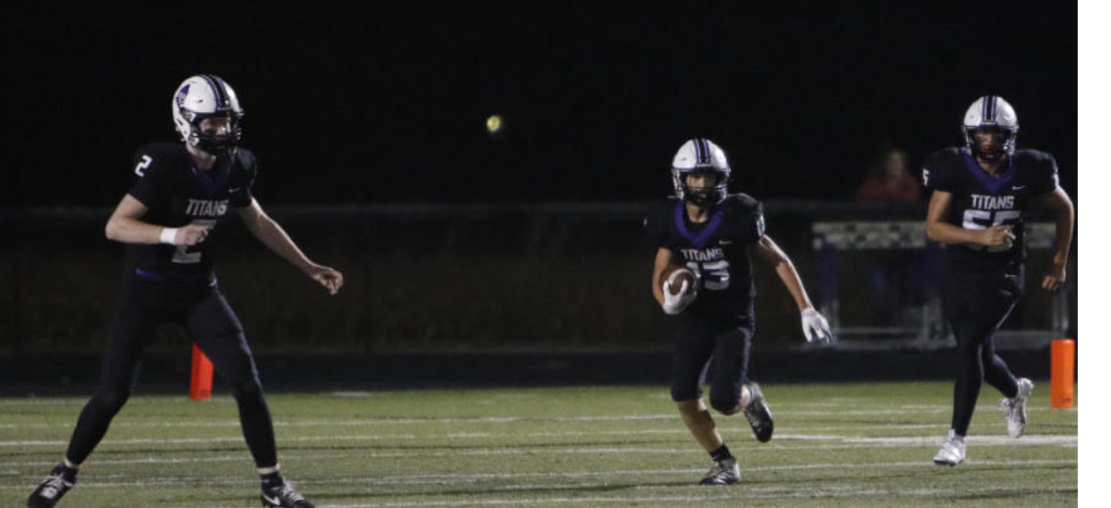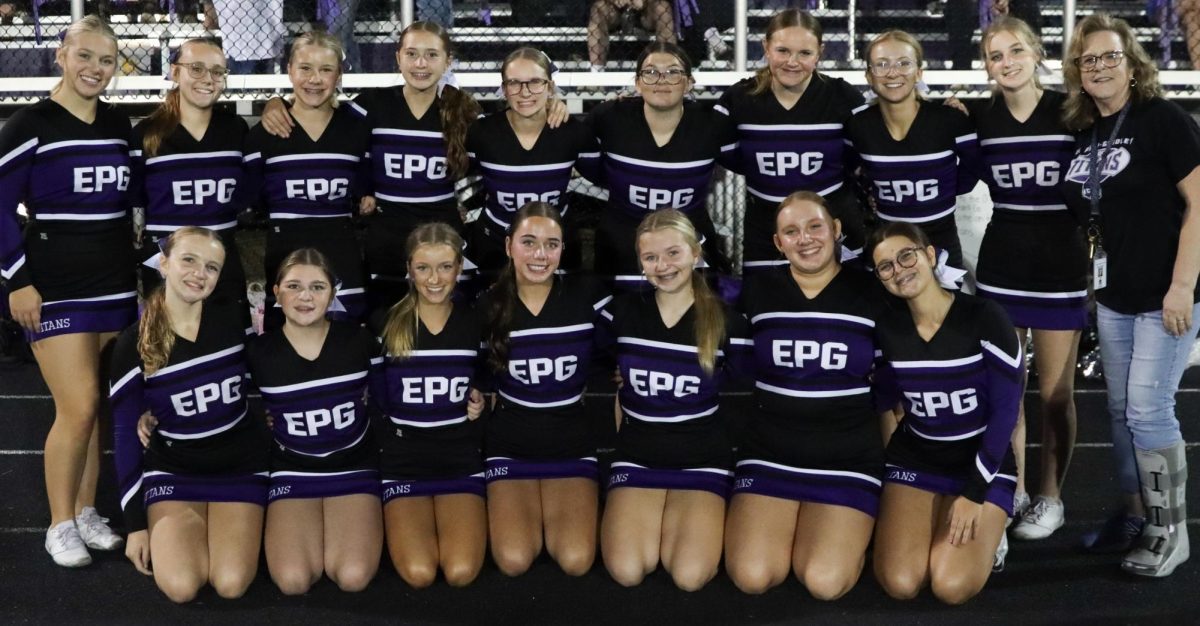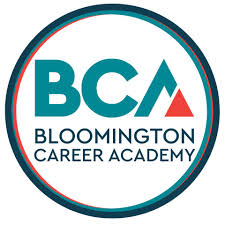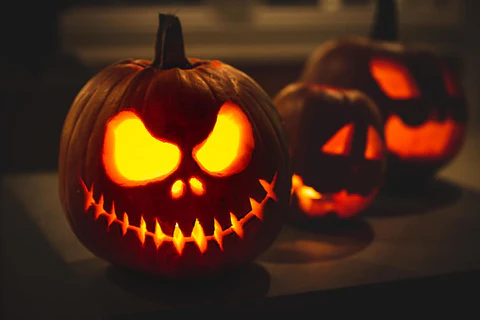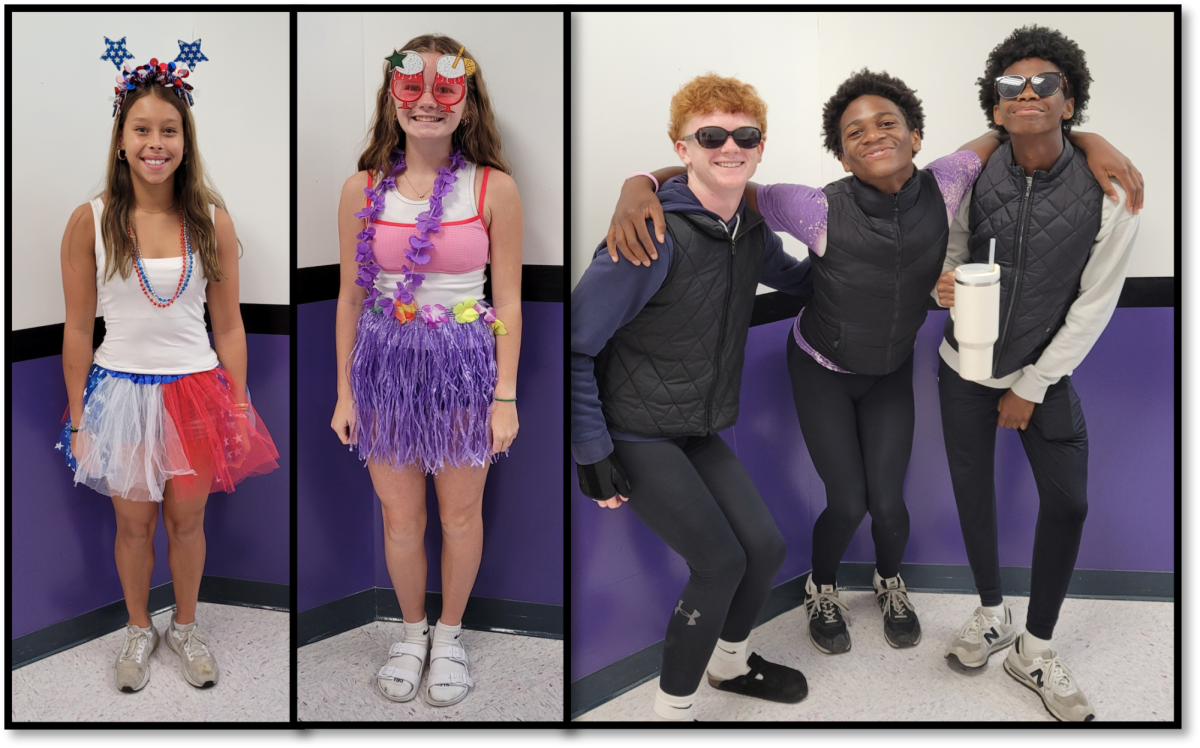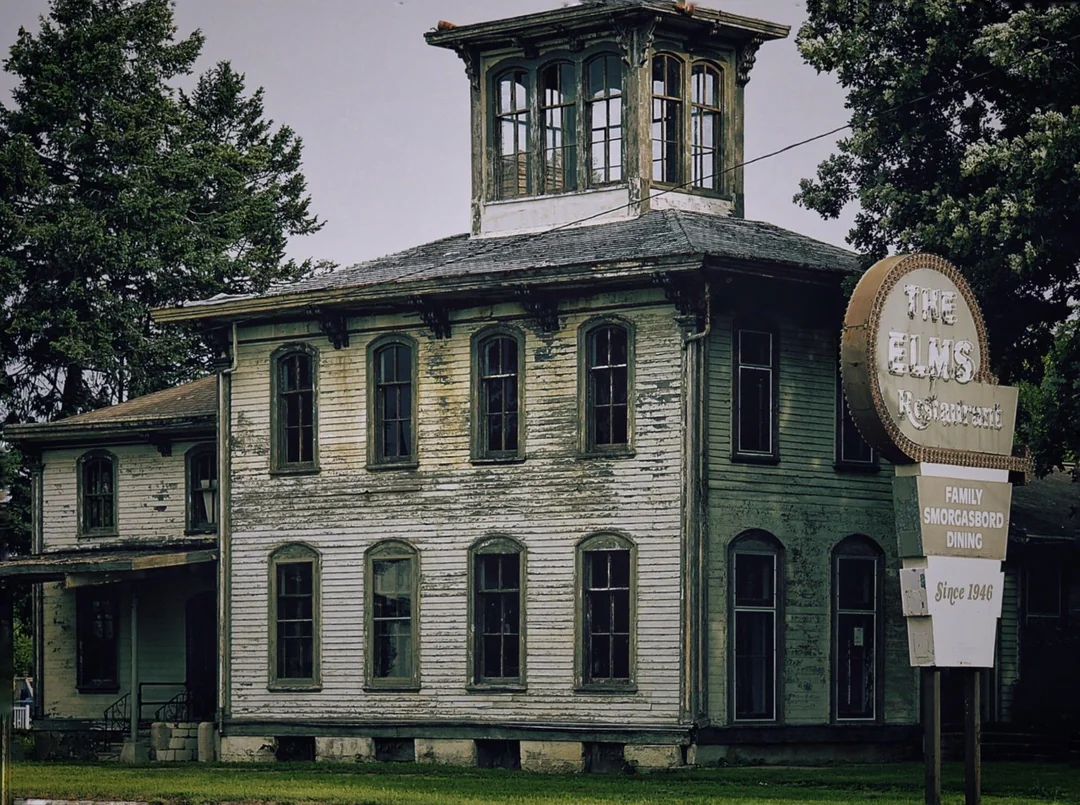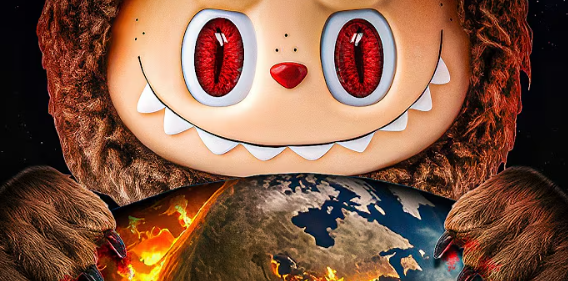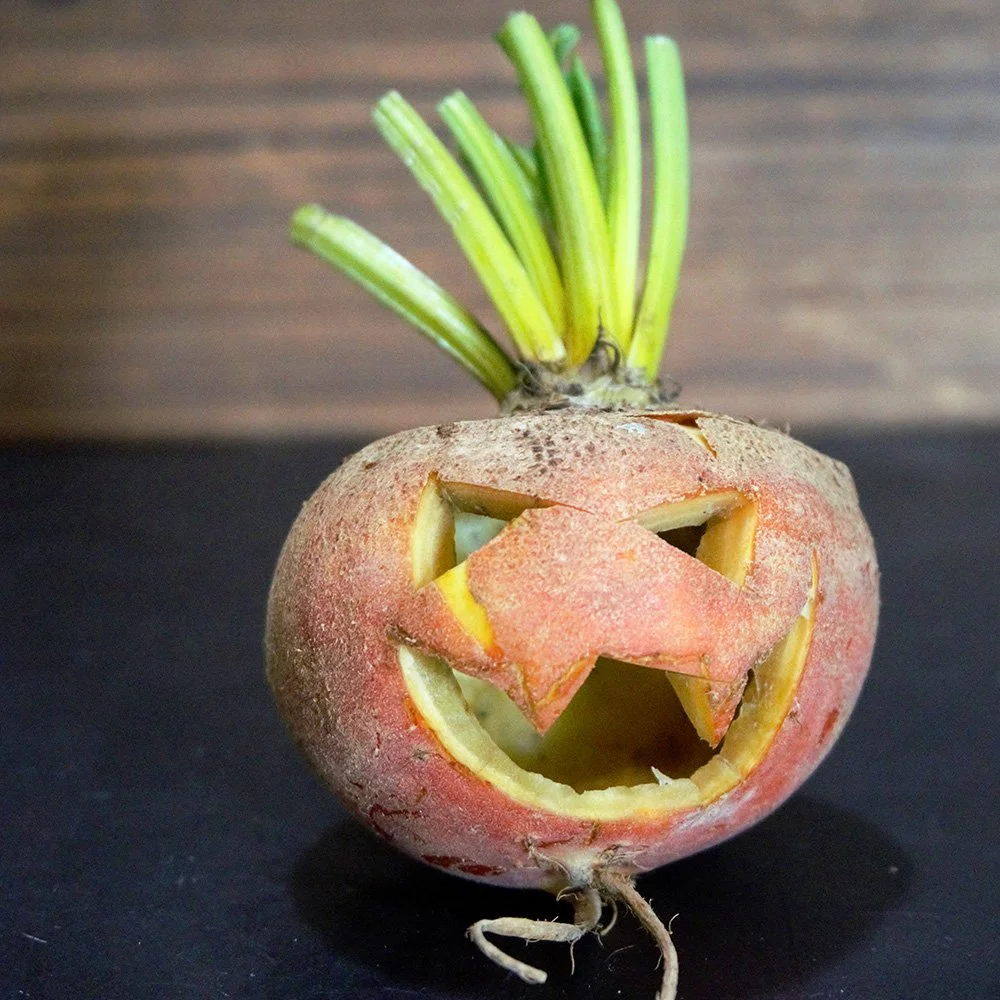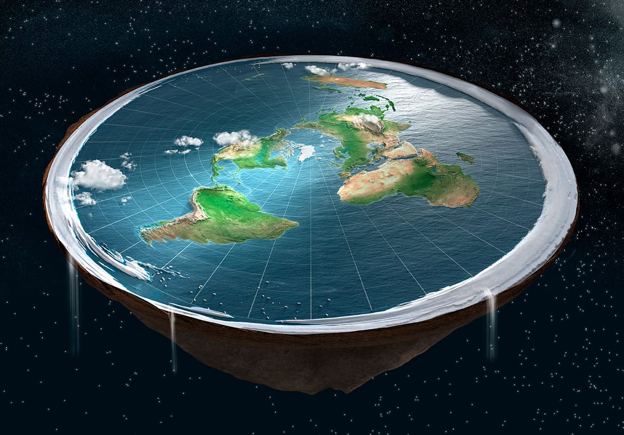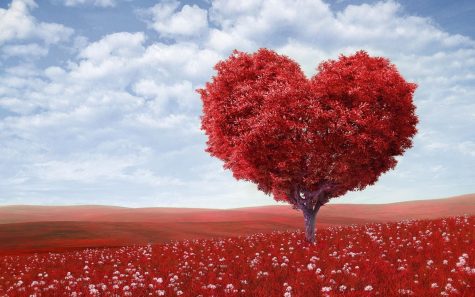When the nights grow longer and the air turns cold, tales of ghosts, spirits, and wandering souls return, all echoes of an ancient celebration that gave birth to what we now call Halloween. Halloween originated in Celtic countries during the festival of Samhain, which took place in the fall. This was a pagan religious festival that marked the beginning of the harvest season. During this festival, participants lit bonfires and wore costumes consisting of animal heads and skins to ward off ghosts. The Celts believed that the worlds of the living and the dead became blurred at this time, and the dead would revisit their old homes. They also attempted to tell each other’s futures through various rituals and traditions. Later, Pope Gregory III dedicated November 1 as All Saints Day, which incorporated many events from Samhain. The night before All Saints Day was called All Hallows Eve, now known as Halloween. Halloween first came to America when Irish people migrated during the Great Potato Famine, bringing their beliefs and customs with them.
Jack O’ Lanterns also originated in Ireland, only they used turnips instead of pumpkins. Jack O’ Lanterns was based on the legend of Stingy Jack, who trapped the devil and would only let him go if he wouldn’t go to hell. However, heaven didn’t want his soul either, so he was cursed to wander the earth forever. The devil pitied Jack and gave him a lump of burning coal in a turnip to light his way. Because of this story, the Irish began to carve faces on their turnips to ward off ghosts and spirits. In the Middle Ages, poor adults and children asked for food in exchange for prayers on All Souls Day. Later, it evolved into songs, jokes, and other “tricks,” marking the start of modern-day trick-or-treating. When Irish immigrants arrived in the United States, they discovered that pumpkins were easier to carve, replacing turnips and giving rise to the bright, glowing jack-o’-lanterns we know today.
Over time, Halloween changed from a solemn night of honoring spirits to a more community-centered celebration. In the 19th and 20th centuries, parties, parades, and games like bobbing for apples became popular. Today, Halloween is celebrated with costumes, candy, haunted houses, and spooky movies, but it still carries traces of its ancient roots in Samhain. What began as a festival to honor the dead has become a fun, creative holiday that brings people of all ages together each October.
